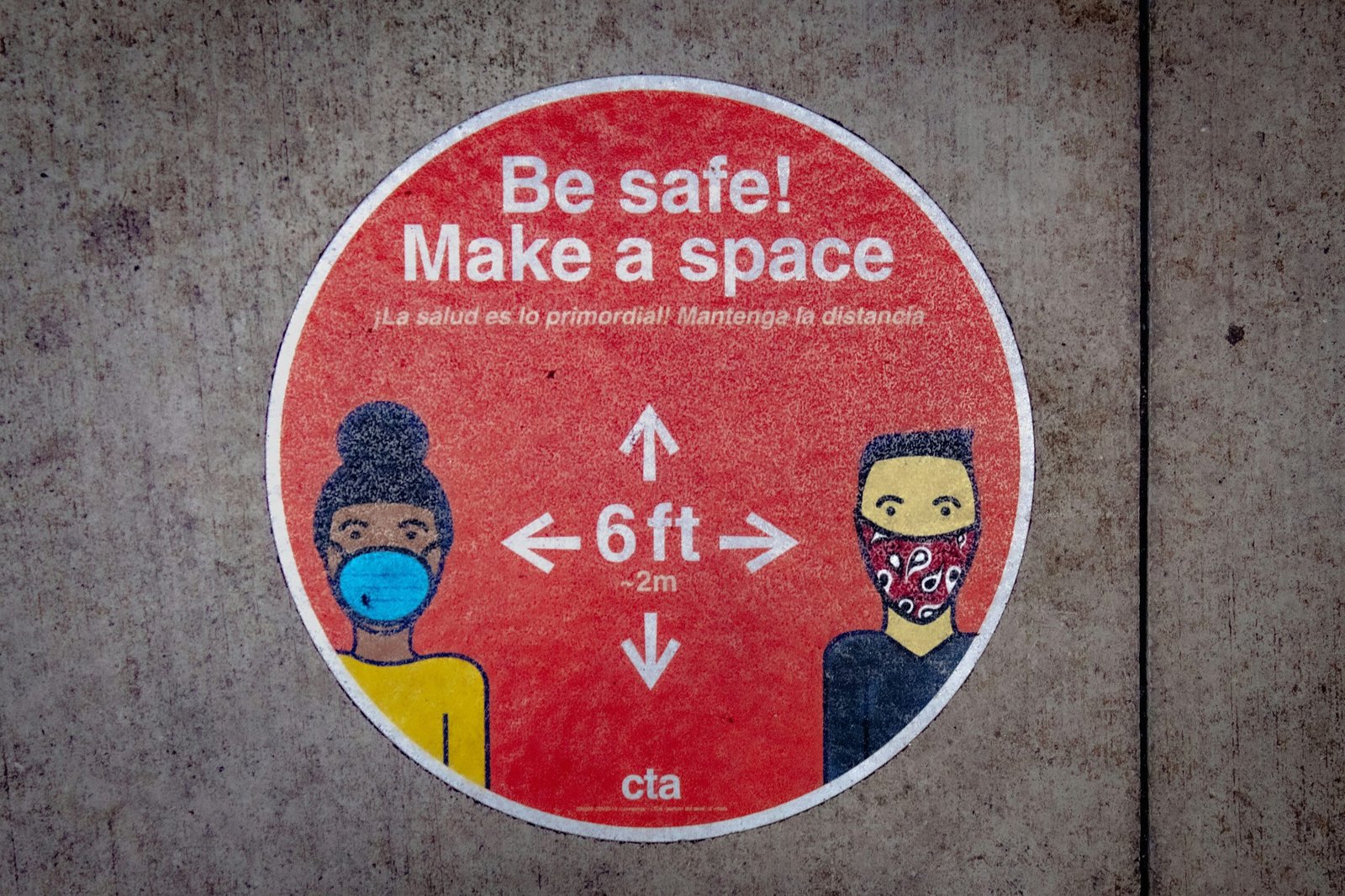Introduction
Decentralized Autonomous Organizations (DAOs) have gained significant attention in recent years as a new model for organizational governance. These platforms, built on blockchain technology, aim to create a transparent and trustless environment where decisions are made collectively by the community. One crucial aspect of DAOs is the user interface (UI) and user experience (UX) design, which plays a vital role in ensuring the smooth operation and adoption of these platforms.
The Importance of UI/UX in DAOs
UI/UX design is critical for DAOs as it directly impacts the usability and accessibility of the platform. A well-designed UI/UX can make the governance process more intuitive, engaging, and inclusive for all participants. It helps in attracting and retaining users, fostering active participation, and enhancing the overall user satisfaction.
Key UI/UX Innovations for DAOs
1. Intuitive Onboarding Process
DAO platforms need to provide a seamless onboarding experience for new users. This includes clear instructions, easy-to-understand terminology, and a user-friendly interface. By simplifying the initial setup and guiding users through the process, DAOs can reduce barriers to entry and encourage broader participation.
2. Clear and Transparent Governance Dashboard
A well-designed governance dashboard is essential for users to understand and participate in the decision-making process. It should provide a clear overview of ongoing proposals, voting mechanisms, and results. Visual representations, such as charts and graphs, can help users quickly grasp the current state of affairs within the DAO.
3. Gamification Elements
Integrating gamification elements into the UI/UX can make the governance process more engaging and enjoyable. Leaderboards, badges, and rewards can incentivize active participation and create a sense of achievement. By incorporating game-like elements, DAOs can increase user motivation and foster a stronger community spirit.
4. Community Collaboration Tools
DAOs thrive on community collaboration, and providing the right tools for communication and coordination is crucial. Features such as discussion forums, chat rooms, and project management tools can facilitate effective collaboration among DAO members. These tools should be easily accessible within the platform, promoting open dialogue and collective decision-making.
5. Mobile-Friendly Design
With the increasing use of smartphones, it is essential for DAO platforms to have a mobile-friendly design. A responsive UI/UX ensures that users can access and participate in governance processes on the go. Mobile optimization enhances accessibility and widens the reach of DAOs, allowing more individuals to engage with the platform.
6. Education and Support Resources
DAOs often involve complex governance processes and technical concepts. Providing educational resources, tutorials, and support documentation can empower users to navigate the platform with confidence. Clear explanations and step-by-step guides can help users understand the purpose and functionality of DAOs, encouraging their active involvement.
Conclusion
UI/UX design plays a crucial role in the success of Decentralized Autonomous Organizations (DAOs). By focusing on intuitive onboarding, clear governance dashboards, gamification elements, community collaboration tools, mobile-friendly design, and educational resources, DAO platforms can create a user-friendly environment that fosters active participation and engagement. As the adoption of DAOs continues to grow, innovative UI/UX designs will be instrumental in shaping the future of decentralized governance.












Leave a Reply